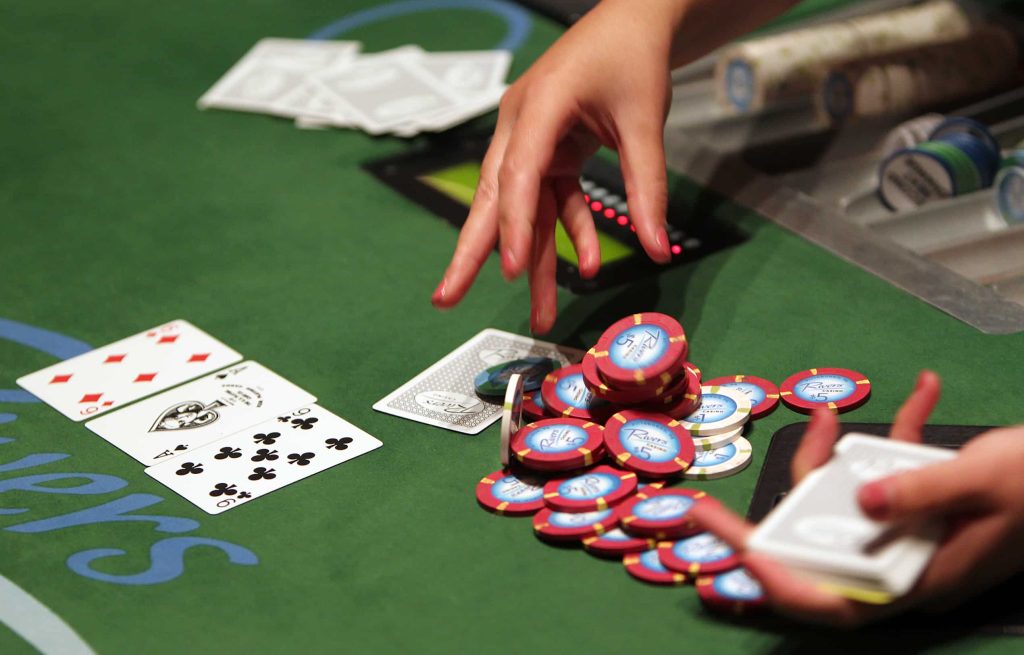If you are a beginner player but have already tried betting on 22Bet, read our tips on how to do it even more successfully.
Many gamblers and bettors face the same problem: they win, feel excited, but then lose everything and end up with nothing. Why does this happen? Because they lack proper bankroll management. Let’s break down how to manage your gambling budget correctly so you don’t end up losing all your money.
What Is a Bankroll and Why Manage It?
A bankroll is the amount of money you allocate for gambling. This is not money for food, rent, or essential needs. It is a separate budget that you can afford to risk.
If you don’t control your bankroll, you can quickly lose everything. And then the worst begins—the urge to “win it back.” At this point, people often lose control, bet their last money, borrow funds, and eventually fall into serious financial trouble. That’s why bankroll management is the key to making gambling enjoyable rather than leading to financial disaster.
Key Rules of Bankroll Management
1. Determine the Amount You Can Afford to Lose
Before you start gambling, set aside a specific amount—your bankroll. This should be money you are okay with losing. Never gamble with money meant for essential living expenses.
2. Divide Your Bankroll Into Parts
A common beginner’s mistake is betting everything at once. To stay in the game longer, divide your bankroll into smaller portions. For example, if you have $1,000, don’t bet $500 at a time. Instead, place bets worth only 1–5% of your total bankroll.
3. Set a Maximum Bet Size
A good rule of thumb is to never bet more than 2–5% of your bankroll on a single game. If your bankroll is $1,000, your bets should be between $20 and $50 at most. This helps protect you from rapid losses.
4. Avoid All-in Bets and Martingale Strategies

Going “all-in” (betting everything at once) is a direct path to losing your bankroll. The Martingale strategy (doubling bets after a loss) is also risky—you can lose multiple times in a row and go broke quickly.
5. Quit the Game When You Reach Your Limit
Set personal rules:
- If you win 20–30% of your bankroll in a day, it’s best to stop and secure your profit.
- If you lose 10–20%, it’s time to walk away—don’t try to immediately recover your losses.
6. Don’t Play on Emotions
Many people keep betting after losing, hoping to “win back” their money. This is a trap. If you feel frustrated or out of control, take a break and return later.
7. Track Your Betting History
Record how much you bet, win, and lose. This helps you analyze which strategies work and which don’t.
8. Never Borrow Money to Gamble
If you run out of money, that’s a sign to stop. Gambling with borrowed money is the worst decision—it leads to debt, stress, and real-life problems.
Conclusion
Bankroll management isn’t just a way to prolong gambling—it’s a crucial strategy to help you protect your money and avoid financial trouble. By following these simple rules, gambling will remain entertainment rather than becoming a disaster. The most important thing to remember is that in any game, the real goal is not winning but maintaining self-control.
